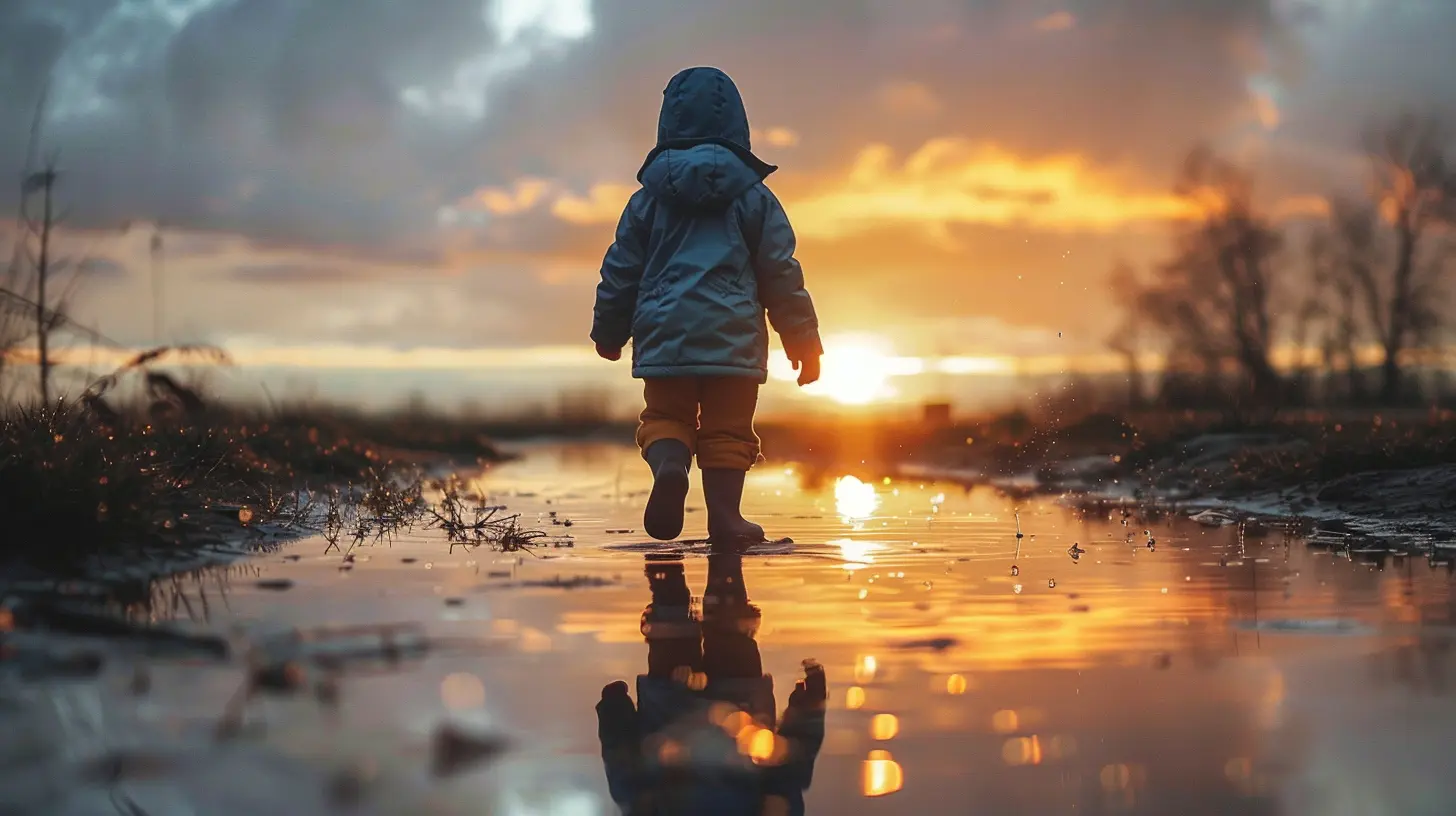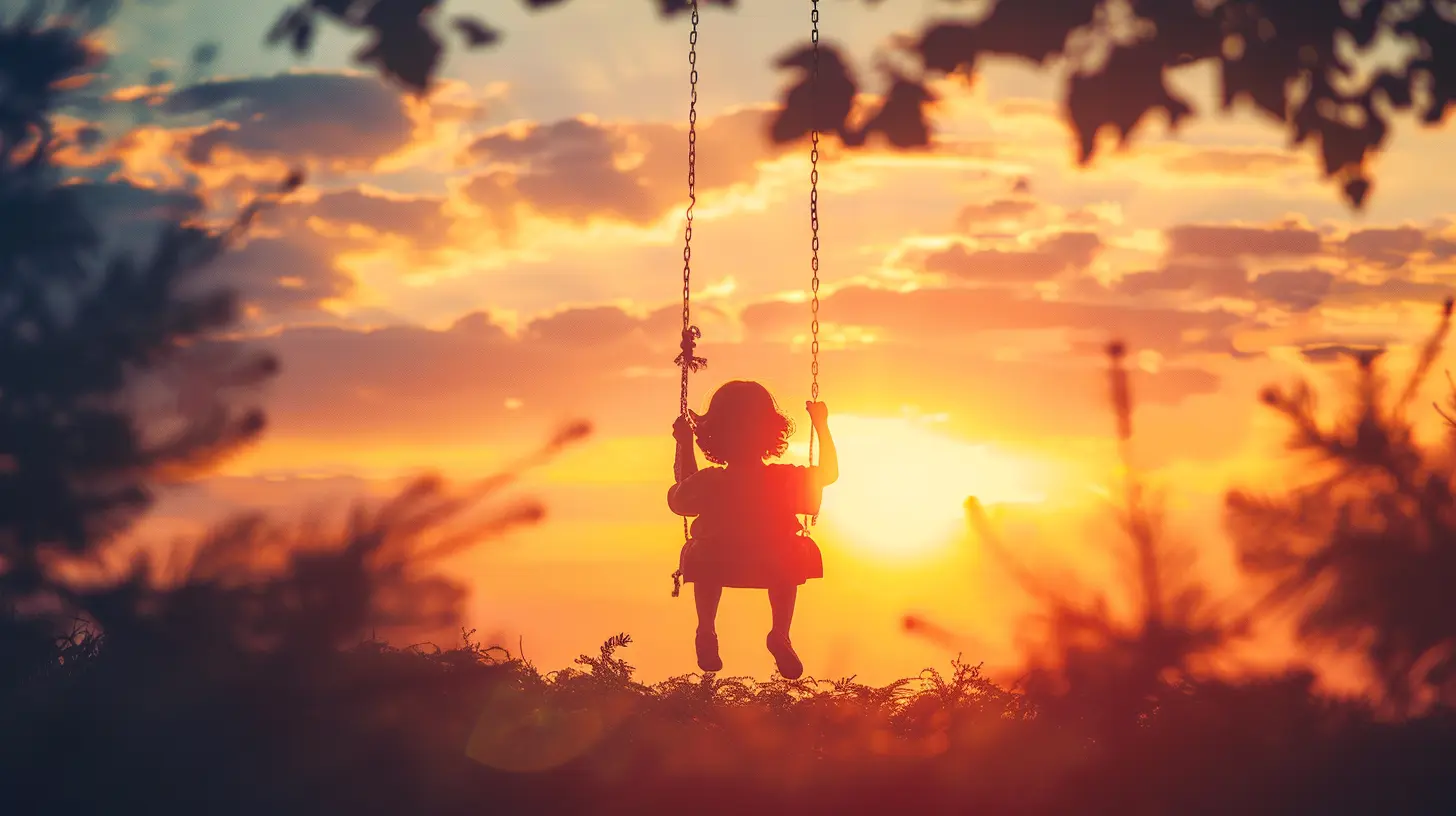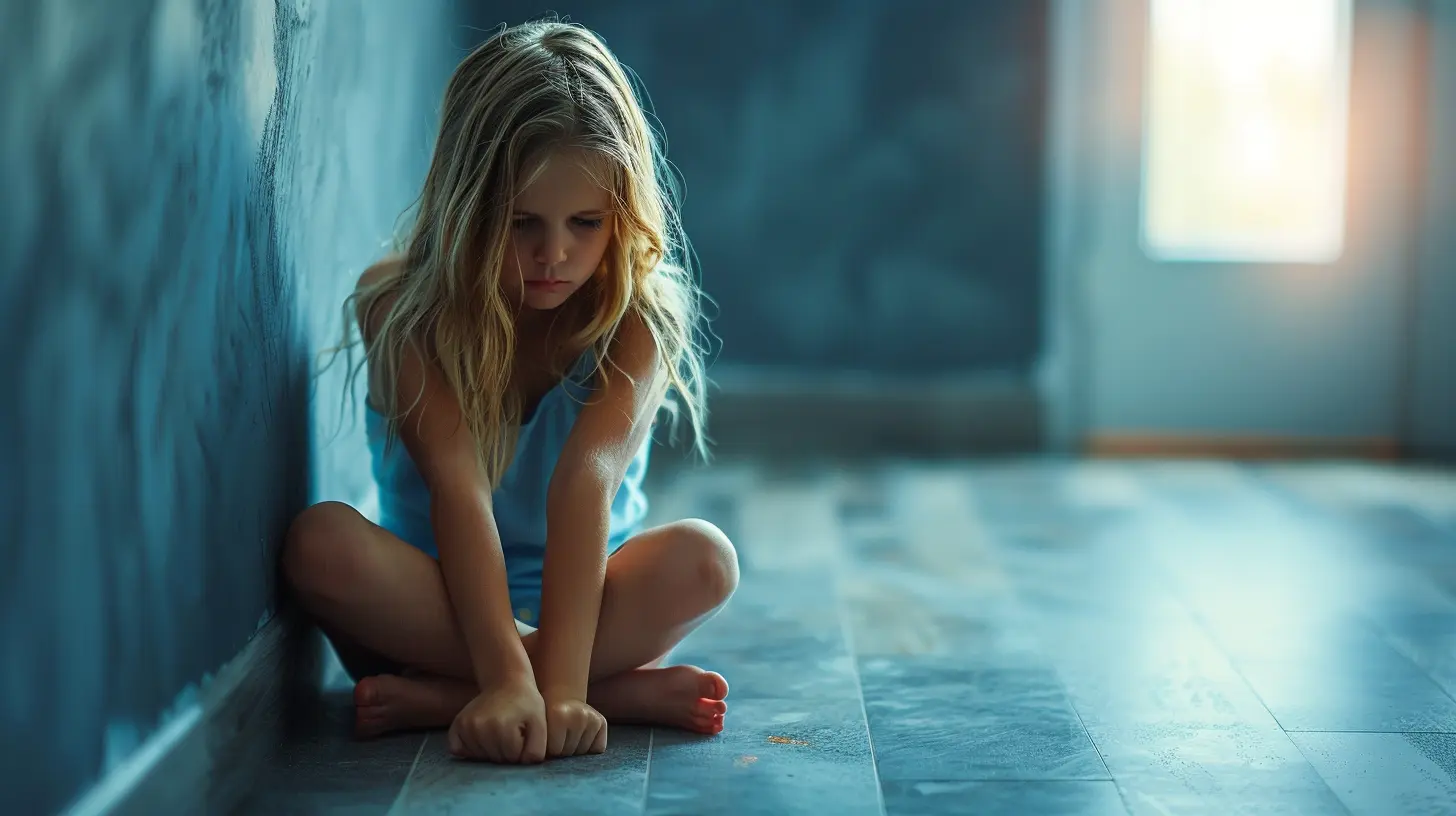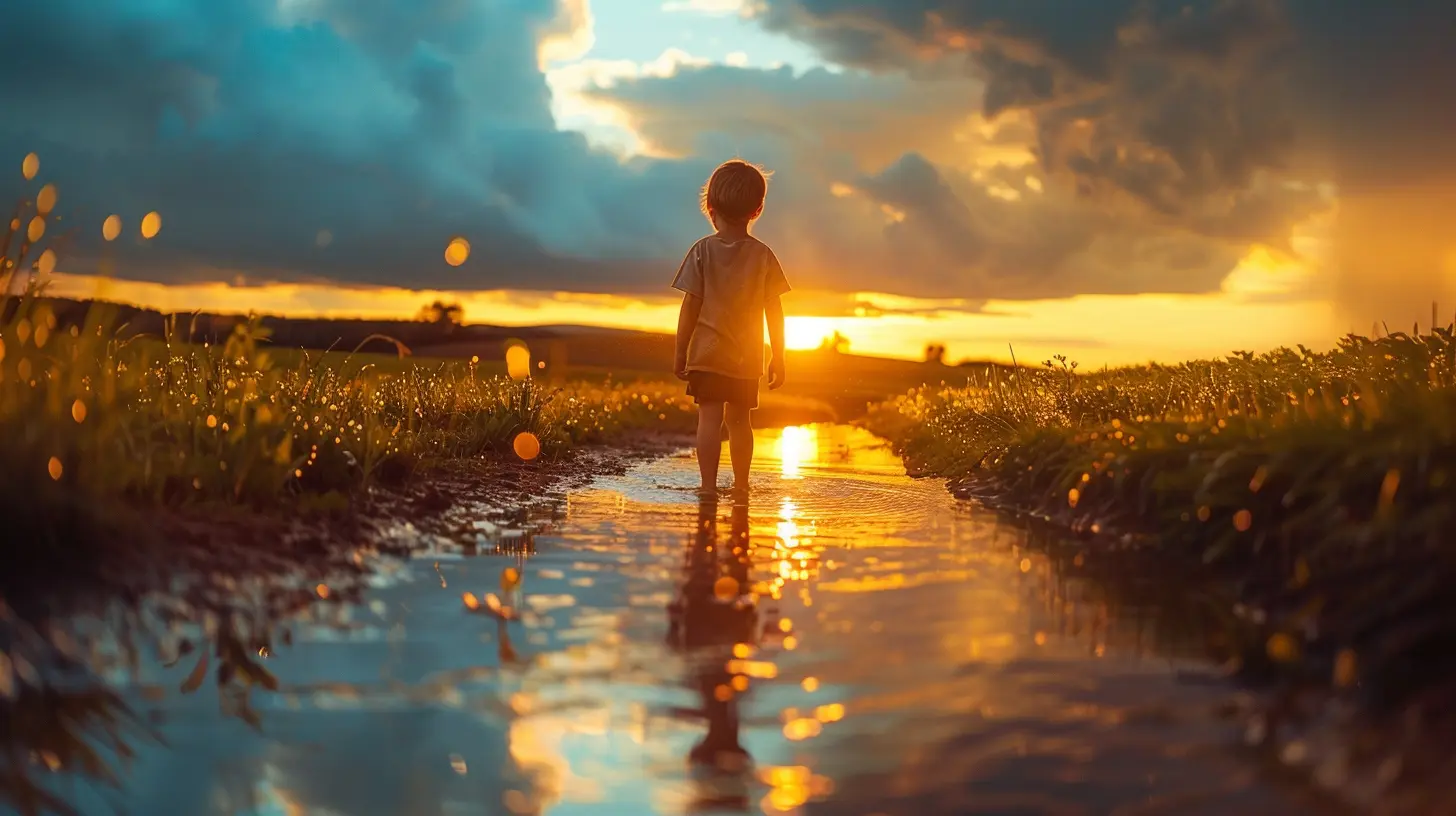How Childhood Experiences Shape Your Ability to Be Resilient
22 October 2025
Ever wonder why some people bounce back from setbacks like rubber balls while others feel like they're stuck in quicksand? The secret often lies in childhood experiences. Yep, those early years have a sneaky way of shaping how we handle life’s curveballs.
So, let’s dive into how childhood molds resilience—because let’s be real, we all want to be the kind of person who gets knocked down but gets up again (cue the ‘90s anthem).

What Exactly Is Resilience?
Before we start connecting the dots between childhood and resilience, let’s define resilience in simple terms.Resilience is your ability to adapt, recover, and thrive despite adversity. It’s like having an emotional immune system that helps you fight off life’s challenges. Some people seem naturally resilient, while others struggle to cope. But here’s the kicker—resilience isn’t just something you’re born with; it’s something that can be developed.
And guess what? A huge part of that development happens in childhood.

The Early Building Blocks of Resilience
The foundation for resilience starts way before you can even spell the word. Childhood experiences, relationships, and environments play a massive role in shaping how you deal with stress. Let’s break it down.1. Parental Support – The Ultimate Safety Net
Remember when you scraped your knee as a kid? If a parent or caregiver scooped you up, reassured you, and maybe even threw in a lollipop for good measure, you likely felt secure.This kind of supportive response teaches children that the world is a safe place, and they have someone to rely on when things go south. Over time, these consistent moments of care reinforce the idea that challenges are temporary and manageable.
On the flip side, if a child grows up in an environment where emotional support is scarce, they may struggle with self-doubt and fear, making resilience harder to develop.
2. The Role of Early Stress – A Double-Edged Sword
Not all stress is bad. In fact, some level of stress in childhood can actually make you more resilient. Think of it like lifting weights—without resistance, muscles don’t grow.There’s a difference between:
- Positive stress (like learning to ride a bike or taking a test)
- Tolerable stress (such as losing a pet but having strong support)
- Toxic stress (chronic neglect, abuse, or extreme poverty)
While positive and tolerable stress can build resilience, toxic stress can overwhelm a child’s ability to cope, making it harder to develop emotional strength later in life.
3. The Magic of Play – More Than Just Fun and Games
Playing isn’t just about fun; it’s a resilience-building activity in disguise! When kids engage in pretend play, problem-solving games, or even rough-and-tumble play, they’re learning:- How to navigate challenges
- How to bounce back from failure
- How to manage emotions
Ever seen a kid try (and fail) to build the tallest Lego tower? They learn persistence, frustration management, and creative problem-solving—all essential skills for resilience.
4. Attachment Style – The Invisible Blueprint
Psychologists talk a lot about attachment styles, and for good reason. The type of emotional connection you had with your primary caregivers influences how you handle relationships and hardships as an adult.Here’s a quick breakdown:
- Secure attachment → Leads to confidence, emotional regulation, and strong resilience.
- Avoidant attachment → Can result in emotional suppression and difficulty seeking help.
- Anxious attachment → Often leads to fear of failure and emotional instability.
- Disorganized attachment → Linked to difficulty managing stress and forming healthy relationships.
The good news? Attachment patterns aren’t set in stone! Recognizing them is the first step to changing them.

How Childhood Trauma Impacts Resilience
Unfortunately, not everyone has a childhood filled with bedtime stories and family game nights. Some experience trauma that makes resilience harder to develop. Whether it’s neglect, abuse, or unstable home environments, these experiences can leave lasting scars.However, here’s the silver lining: while childhood trauma can make resilience more challenging, it doesn’t make it impossible. Many people who faced adversity develop post-traumatic growth, meaning they come out the other side stronger, wiser, and even more resilient than before.
Support systems, therapy, and self-awareness are all powerful tools in rewiring the brain for resilience, no matter what childhood looked like.

Can You Build Resilience as an Adult?
Absolutely! Just because childhood plays a huge role doesn’t mean you’re doomed if you didn’t have the perfect upbringing. Resilience is like a muscle—it can be strengthened at any age.Ways to Boost Resilience as an Adult:
✔ Develop strong relationships – Surround yourself with supportive people.✔ Practice self-care – Sleep, eat well, exercise—basic but powerful.
✔ Reframe negative experiences – Shift your mindset from "Why me?" to "What can I learn from this?"
✔ Build emotional regulation skills – Meditation, journaling, and therapy can help.
✔ Embrace challenges – Step outside your comfort zone and tackle small obstacles head-on.
Final Thoughts
Childhood experiences shape resilience in profound ways, from the love and support we receive to the challenges we face. But here’s the best part—you’re not stuck with whatever hand you were dealt. Resilience is a lifelong journey, and no matter where you are now, you can always build a stronger, more adaptable version of yourself.So, the next time life throws a curveball, remind yourself—you’ve got this!
all images in this post were generated using AI tools
Category:
Psychological ResilienceAuthor:

Gloria McVicar
Discussion
rate this article
1 comments
Veda Beck
Childhood experiences lay the groundwork for resilience by shaping our coping mechanisms, emotional responses, and self-efficacy. Understanding this connection enhances our ability to nurture resilience in ourselves and others, highlighting the importance of supportive environments in early development.
November 11, 2025 at 3:57 AM

Gloria McVicar
Thank you for your insightful comment! I completely agree—supportive environments during childhood are crucial for building resilience and fostering healthy coping strategies.


